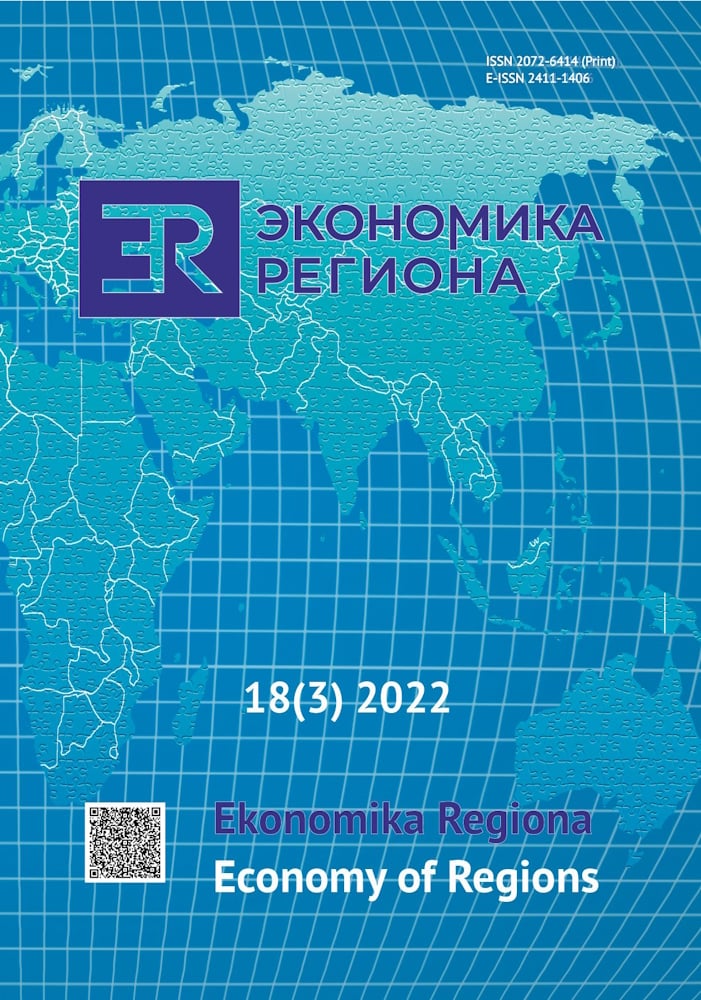Influence of Infrastructure on Population Distribution and Socio-Economic Development of Russian Regions
DOI:
https://doi.org/10.17059/ekon.reg.2022-3-8Keywords:
infrastructure development, infrastructure framework, population distribution, population density, population migration, gross regional product, regional development, spatial development, factors of regional developmentAbstract
High divergence of demographic and socio-economic development significantly hinders the sustainable growth of the Russian economy. This article analyses the influence of infrastructure on population distribution and development of Russian regions. The study focuses on identifying the features of infrastructure development as a factor of settlement and formation of population, considering the migration attractiveness of Russian regions. The research aimed to reveal a correlation between the regional infrastructure development and population distribution characterised by its density and net migration. To this end, we calculated the correlation between these indicators of population distribution and development indices of transport, energy, social, communal and telecommunications infrastructure. Additionally, the correlation between gross regional product and the same infrastructure development indices was estimated. The correlation analysis revealed the presence of a weak positive relationship between the regional population density, net migration, and all infrastructure development indices, except for social one. The strongest positive relationship is observed between the regional population density and the transport infrastructure development index. Good transport accessibility gives people easier access to other types of infrastructure and consequently increases the spatial connectivity and demographic potential of certain areas. Infrastructure development greatly influences not only social indicators of regional development but also economic ones, as shown by the correlation between gross regional product and development indices of transport, telecommunications and energy infrastructure. Thus, according to the conducted statistical analysis, the existing but weak relationship between infrastructure development indices and population distribution confirms the presence of a set of factors, where infrastructure is not the main one. Nevertheless, the removal of infrastructure constraints and an increase in the infrastructure quality and availability will help overcome both the demographic and economic contraction of Russia.





